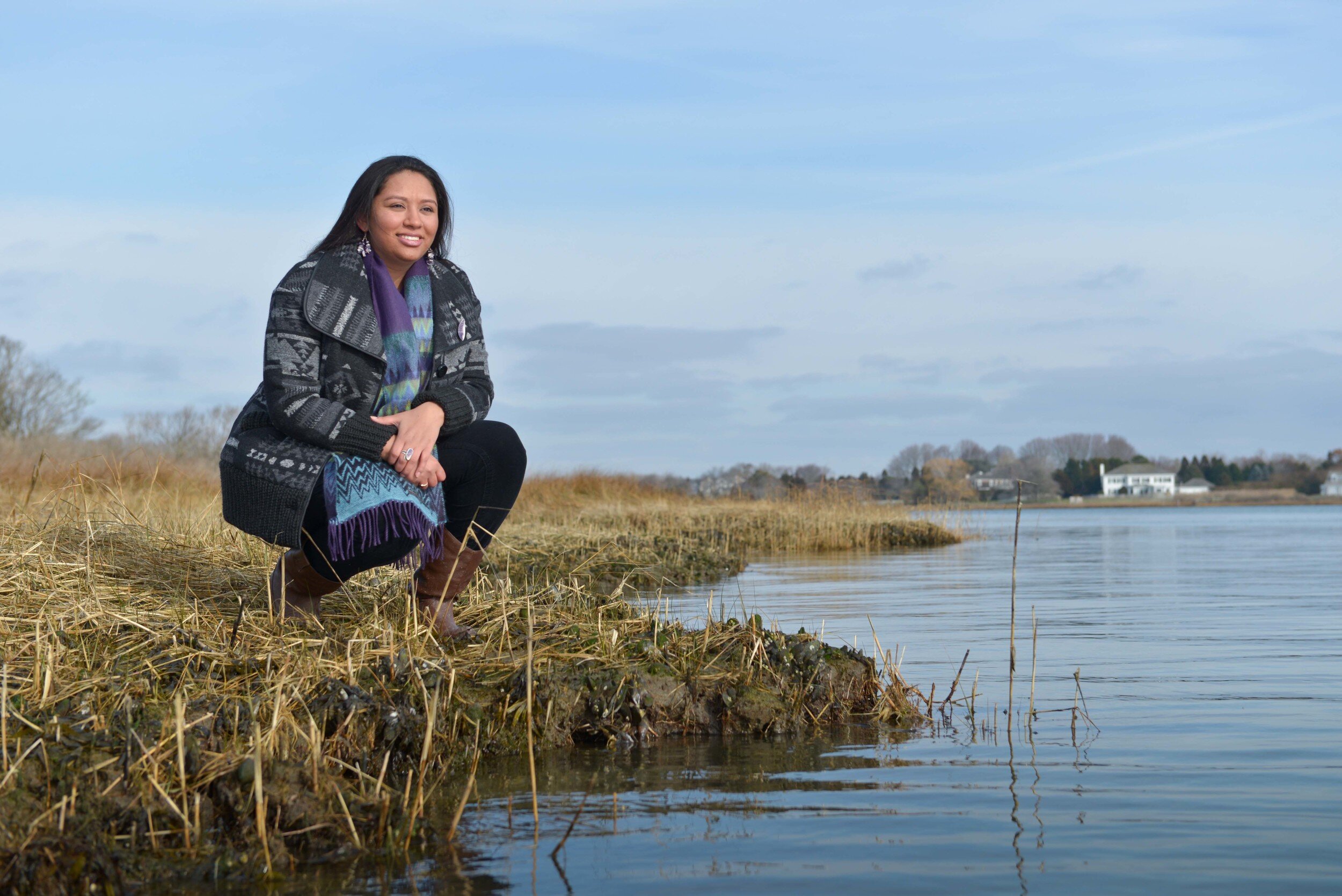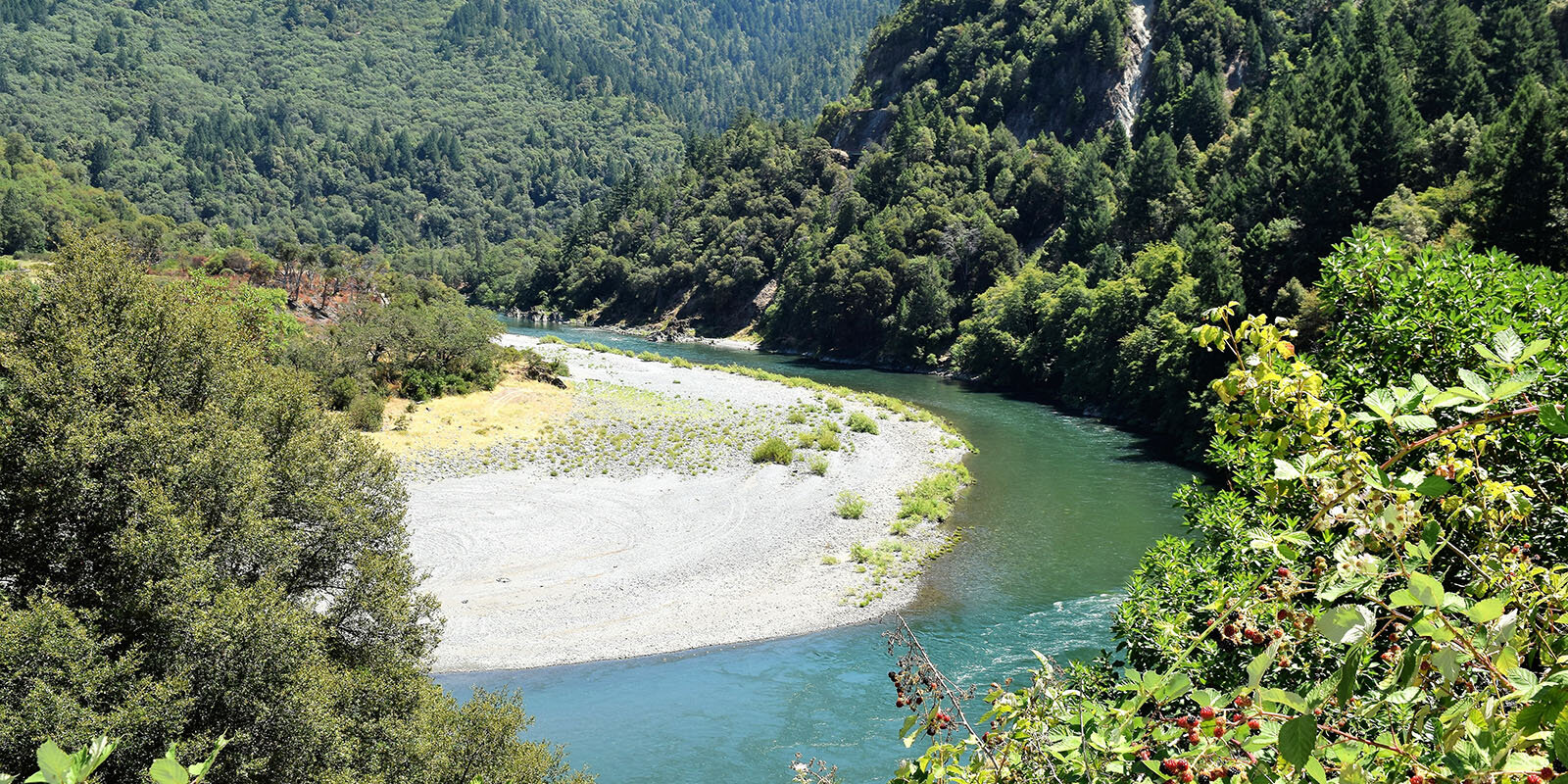
Earth Law Center Blog


First River to Have Recognized Rights in Canada
Building on a worldwide trend of guardianship rights for nature, the Magpie River was granted legal personhood with basic rights and protections. Is it enough?
Keystone XL Canceled: Is This A Precedent for Biden’s Environmental Policy?
Biden revokes Keystone XL pipeline permits on his first day. How will his environmental policies consider the Rights of Nature? Earth Law Center weighs in.



Klamath River Dam Removal Project will Proceed as Biggest in US History
The largest dam removal project in US history has been green-lighted for 2023, when four antiquated dams will finally be demolished, ending a twenty-year environmental battle to save the Klamath River and its salmon runs.


The Global Pact for the Environment
How did the Global Pact initiative come into being, and where is it heading? The movement for creating a global legal framework for environmental protection can be traced back to the Stockholm Conference of 1972. This landmark event led to the creation of domestic environmental laws around the world.
Ecocide and the Importance of Prevention
I am aware that the rate of Covid-19 cases could easily spike again in New York, as it has in other states. Now that we are a few months into the pandemic, this game of chess between the government and the virus has shed light on a crucial lesson: that an ounce of prevention is worth a pound of cure.
Think Like a Fish: Pacific Philosophies and Climate Change
In this week’s blog we share writing from Anne Salmond, a Distinguished Professor at the University of Auckland, prize-winning author on Māori life and one of New Zealand's most prominent scholars in history and anthropology. The following writing “Think like a Fish: Pacific Philosophies and Climate Change” was previously published as an afterward in the book, Pacific Climate Cultures: Living Climate Change in Oceania (De Gruyter Open Press).

Earth Law Center joins the fight to free Sk'aliCh'elh-tenaut
Earth Law Center (ELC) announces our partnership with two tribal members of the Lummi Nation, Squil-le-he-le (Raynell Morris) and Tah-Mahs (Ellie Kinley) to bring Sk'aliCh'elh-tenaut (also known as Tokitae or her stage name, Lolita) home to the Salish Sea.
